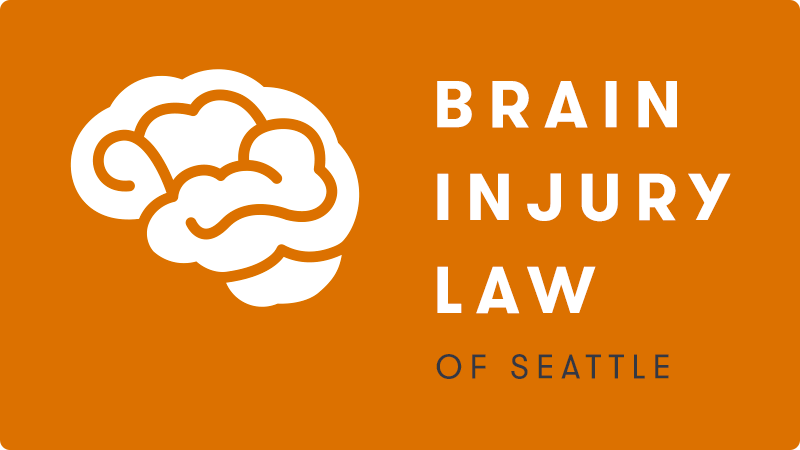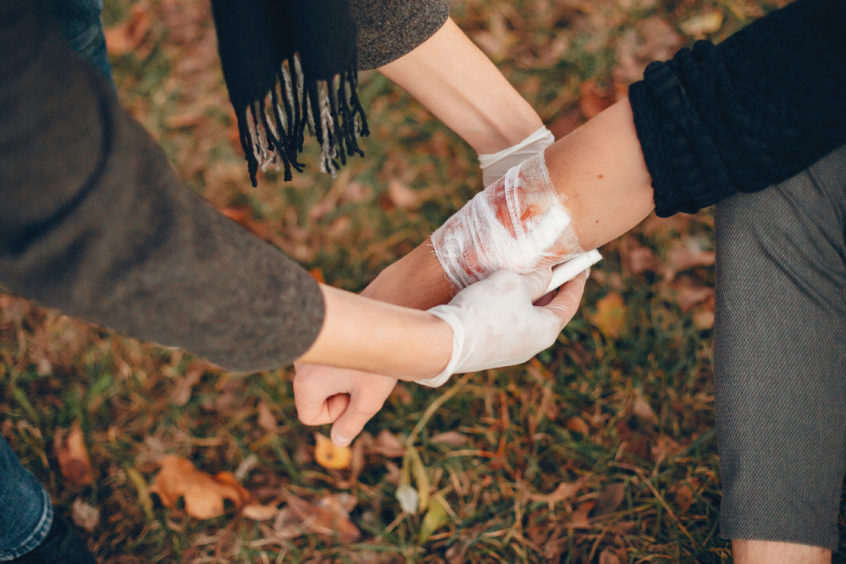Sometimes called strawberries or raspberries, road rash is a type of skin abrasion or friction burn that happens when you scrape your skin against a rough surface. In this post, we will look at the different types of motorcycle road rash treatment and how to prevent scarring and infections.
Page Contents
Determining the Severity and Types of Road Rash Injury
Road rash injuries are among the most common types of injuries motorcyclists experience after an accident. There are different severity levels of road rash, including:
- First-Degree: Includes minor injuries such as redness, scrapes, bruising, and slight bleeding.
- Second-Degree: At this level, the abrasion will have broken your skin. While your underlying skin layers remain intact, debris like glass, rock, and dirt could lodge themselves in the wound.
- Third-Degree: This level involves severe abrasions that expose nerves, tendons, muscles, and bone.
Besides severity, there are also different types of road rash injuries, such as:
- Avulsion: Refers to the scraping away of the skin, sometimes exposing layers of muscle, fat, and even bone.
- Compression: Part of your body could be trapped between two objects, resulting in bruising, broken bones, and muscle damage.
- Open Wound: This type of road rash might need stitches or, in extreme cases, skin grafts.
Treating Road Rash from a Motorcycle Accident
Here’s how to treat road rash injuries:
- Wash Your Hands: Start by washing your hands to remove the bacteria and harmful substances that could cause infections.
- Gently Clean the Wound: Carefully clean the wound. You can use tweezers to remove visible bits of rock, grass, or dirt.
- Use Antibiotic Treatment: Apply an antibiotic ointment like Neosporin or Bacitracin to help kill harmful bacteria that might have come in contact with the wound. Apply the ointment carefully to prevent causing more bleeding.
- Bandage the Wound: Use a non-adherent pad or any lightweight bandage to cover the open wound, preventing infection and helping your skin heal.
- Reapply the Bandage and Ointment: Change the bandage once or twice daily. Consider moistening the covering with water or salt water before removing it to soften your scab and make the process easier.
- Keep an Eye Out for Infection: As your injury heals, monitor it for any sign of an infection or any additional damage. Use antibiotic ointment if you experience increased redness, pain, pus, or drainage. Should your condition worsen, visit a doctor as soon as possible.
Related Article
Pituitary Gland Damage Symptoms & Causes
Post Concussive Headaches
Post Concussion Syndrome
Brain Injury Rehabilitation
What To Do If You Have A Concussion?
Types Of Traumatic Brain Injury
What Sport Has The Most Injuries
Football Brain Injury
Complications from Road Rash
While home road rash treatment is often enough, there is a risk of developing complicated medical issues. For instance, you should seek prompt medical attention if your road rash scar covers a large surface area, if there is an object embedded in the wound, or if there are other complications like:
- Bone or muscle exposure
- Persistent bleeding
- Permanent scarring
- Intense pain
You should also seek medical attention if you are experiencing symptoms of infections, such as:
- Swelling
- Foul odors
- Fever, chills, and body aches
- Development of pus
- Redness that spreads
- Warmth coming from the wound
When to Seek Medical Attention
So, how long does road rash take to heal? A road rash injury is often minor, with road rash healing times usually taking a few days or weeks. While there is a lot of resource material offering guidance on how to care for road rash injuries at home, some cases will require prompt medical attention.
Consider seeing a doctor if:
- Your injury exposes bone or muscle
- Drainage or pus is coming from the wound
- There are large foreign objects embedded in the wound
- The injury covers most of your limb or body
- There is excessive bleeding
Who Pays for the Treatment?
If the accident in which you got your road rash injury resulted from the negligence of another party, they might be responsible for paying for your road rash treatment, should you need it? You might even be able to seek compensation for any additional damage suffered.
Turning to an attorney familiar with assisting motorcycle accident survivors can help you gain legal insight on seeking compensation for your injuries. If you are looking for a motorcycle accident attorney to help you navigate the legal complexities, reach out to Brain Injury Law of Seattle and get the help and guidance you need.
Suffer Road Rash Injuries in a Motorcycle Accident? Contact Brain Injury Law of Seattle Today!
Brain injury lawyer at Brain Injury Law of Seattle has the medical and legal knowledge needed to offer our clients the guidance they desire, helping them make informed and beneficial decisions.
Are you in the middle of your motorcycle road rash treatment and are curious about legal compensation? Speak to Brain Injury Law of Seattle today at 425-278-4383.






